Vegetables That Do Well in a Drought

Last year was a very dry summer with many areas experiencing little enough rain warrant a hose pipe ban. This winter has also seen low amounts of rainfall and another dry summer now looks likely. Gardeners in Britain are used to having an abundant supply of water and can be said to have adopted a rather care-free attitude when it comes to conserving water. In recent years though we have begun to look at planting schemes for our gardens which include drought tolerant plants, but one area of the garden which has maybe been overlooked in relation to planning for dryer seasons is the vegetable garden. Most vegetables we grow in our gardens require a fair amount of water to produce healthy prolific crops. So which vegetables can we expect to do well in a drought?
Cabbage is a hardy vegetable and can survive well with little water. Raise seedlings in modular trays, one plant per cell, and then plant out in early May. When planting drop each seedling to a water filled hole – known as puddling-in – this will give the young plant a head start and you will find it can survive and grow on to maturity with little or no extra watering.
Beetroot, spinach, Brussels sprouts and kale have all evolved from plants found on the thin soil of coastal areas and are therefore quite capable of surviving drought conditions. As with cabbage, drop young plants into a water filled hole when planting. If treated in a similar way, leeks will also grow well in dry weather. They originally came to this country with the Romans and so originate from sunnier climbs. Grow them in modules and then plant out in holes the thickness of a pencil in early May, making sure you fill the hole with water first. You may need to water them a little more often and in extremely dry weather they make take a little longer to plump up.
Parsnips and carrots are also winners in dry conditions. Because they prefer poor sandy soil, they have developed very long tap roots which enable them to search deep into the ground for moisture. The seeds of umbellifers such as carrot and parsnip need warmth to germinate, so the uncharacteristically warm spring months we have recently experienced also give them a good head start. An unexpected benefit of having a dry summer on the vegetable garden is that it helps to keep away diseases that thrive in warm moist conditions like potato blight.
There are however, some mainstay crops on the vegetable plot that will require extra watering if the summer is dry. Be prepared by investing in more water butts. ‘Grey’ water from washing up or bath water can also be saved and used on the vegetable plot. Adding a good amount of organic matter to vegetable beds also helps to conserve moisture. If you are growing vegetables in garden planters be extra vigilant about watering and make sure you mulch well to help retain water.
The Author:
Jo Poultney is one of two people behind Garden Planters. I have an RHS general certificate in horticulture.

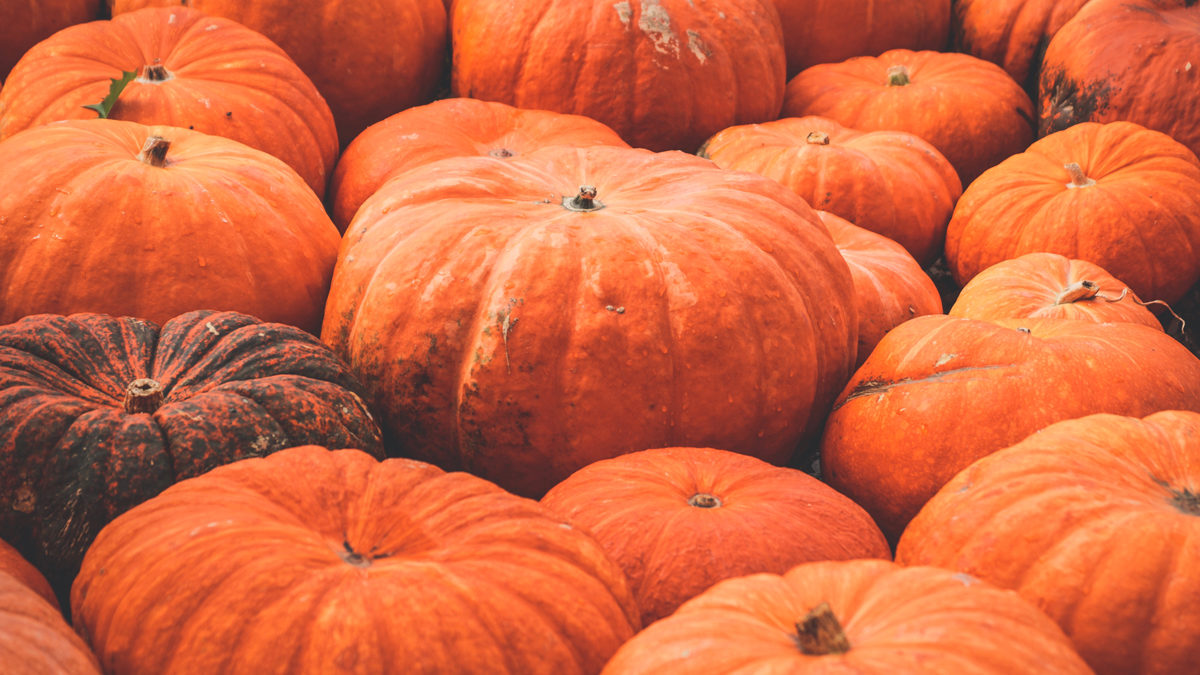
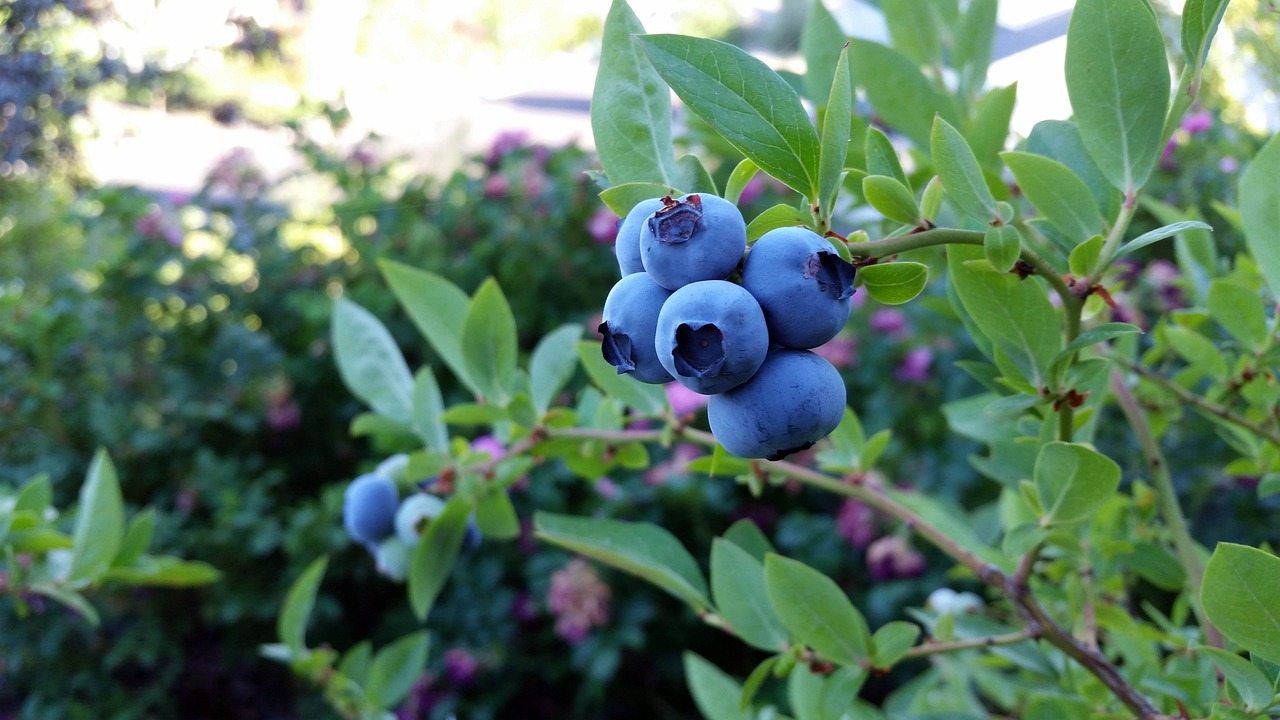
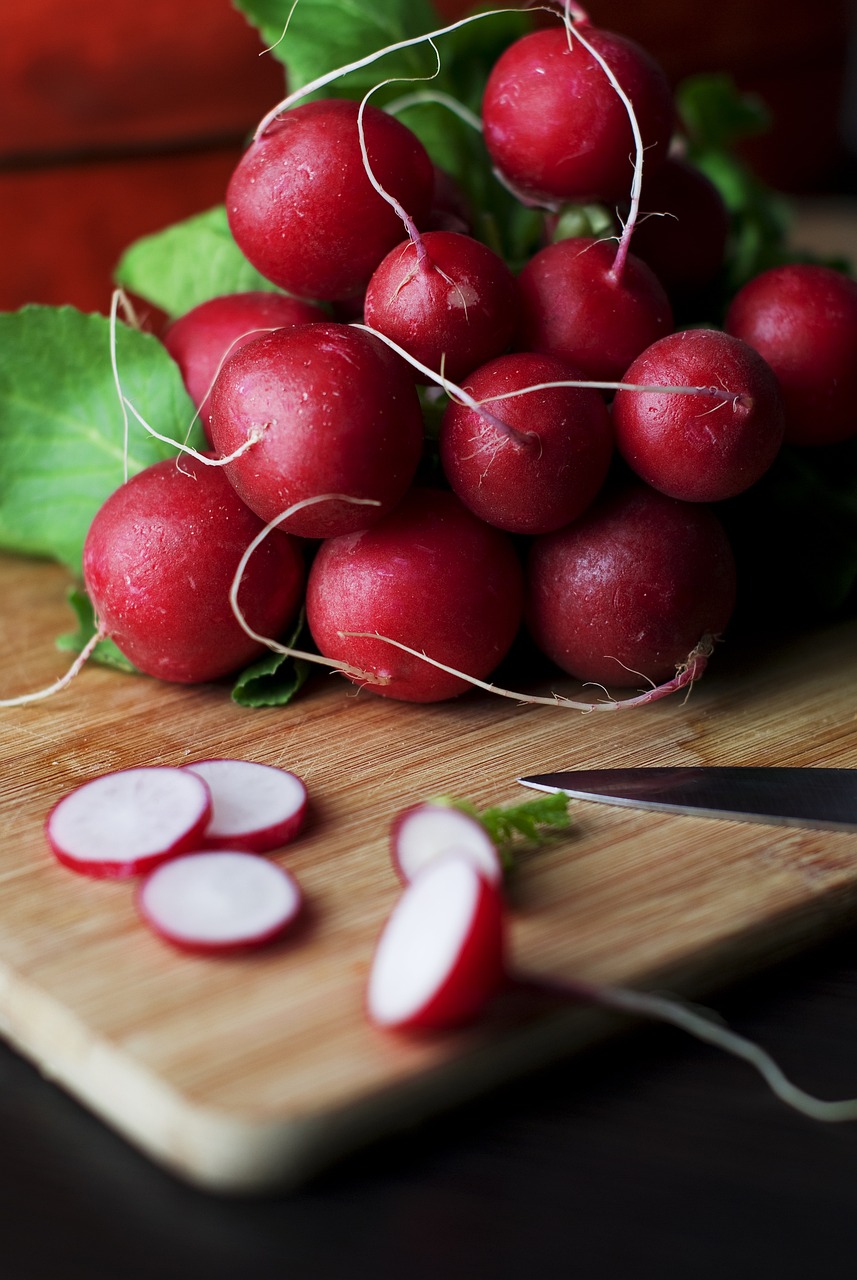
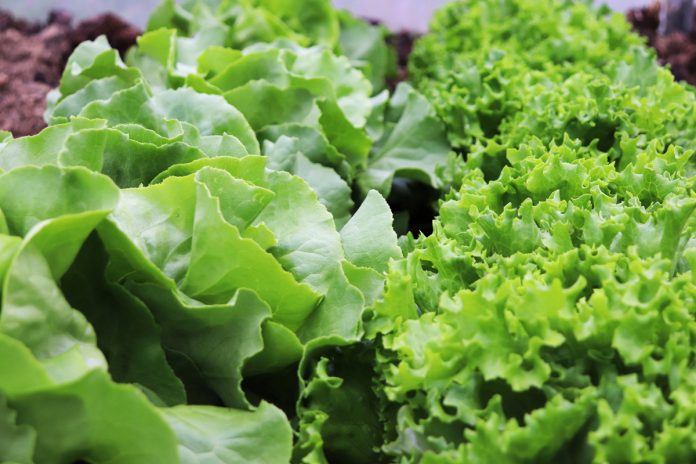
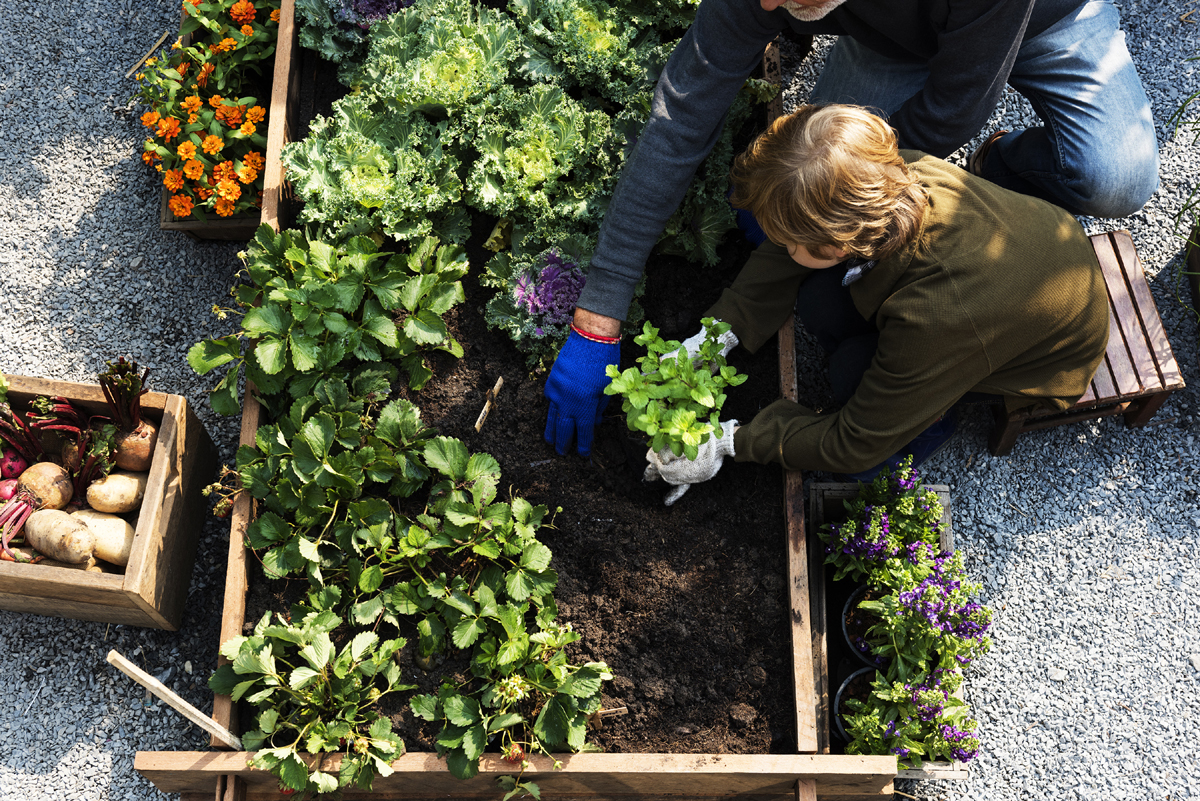

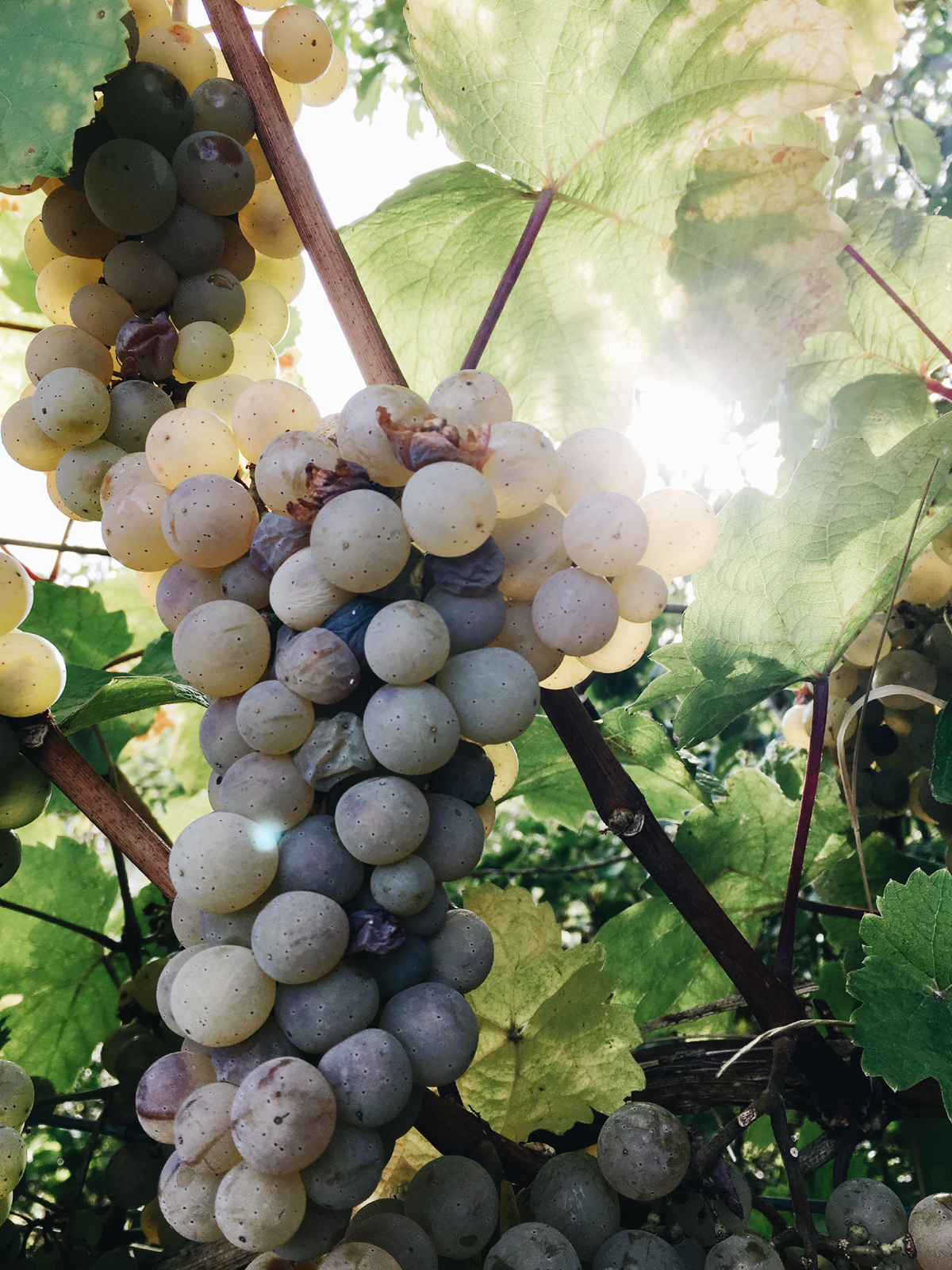
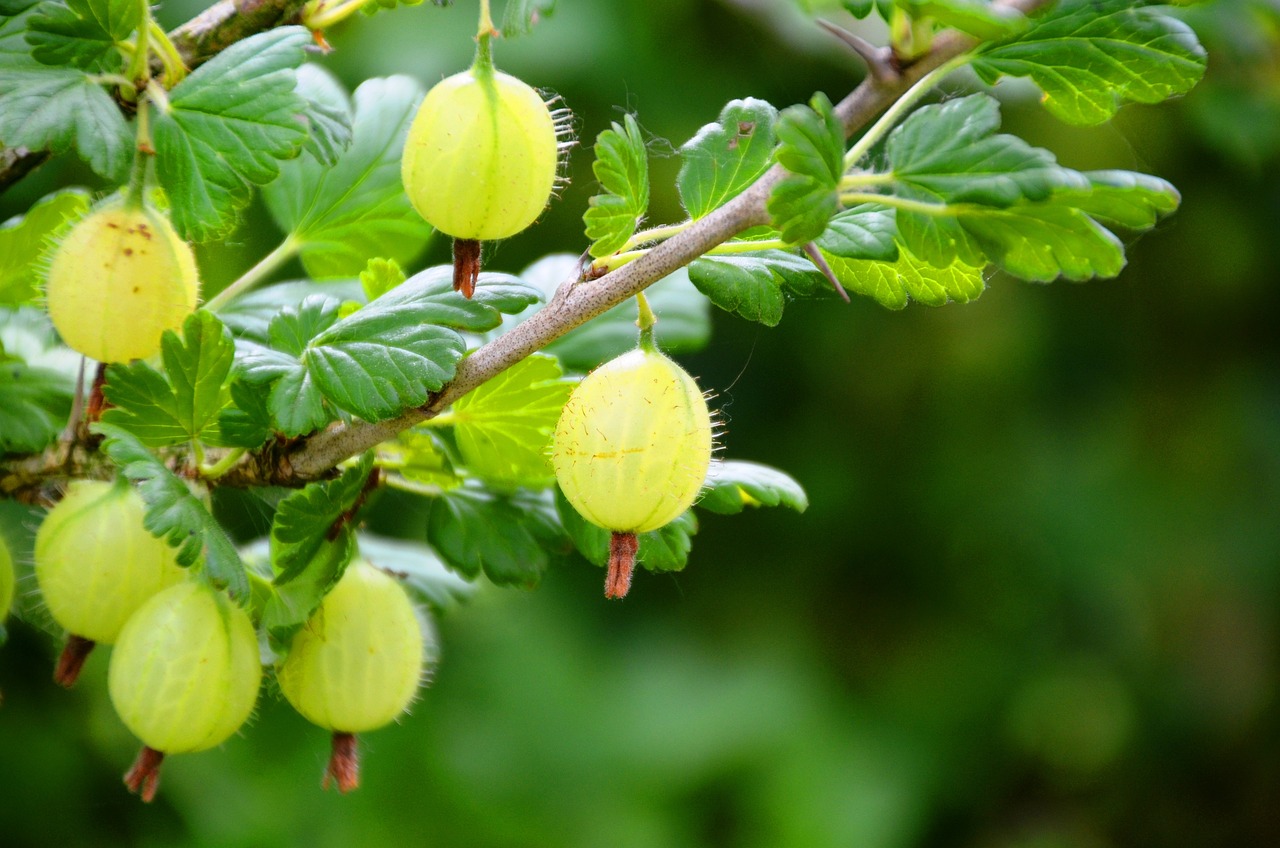
may please give me the name of the this plant that looks like cabbage
The vegetable in the picture above is brussel sprouts..